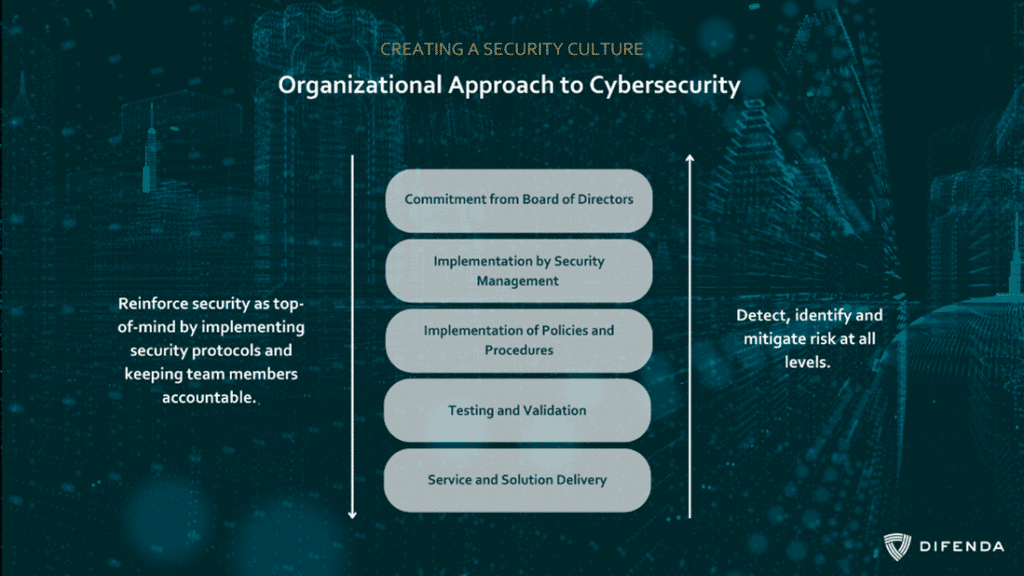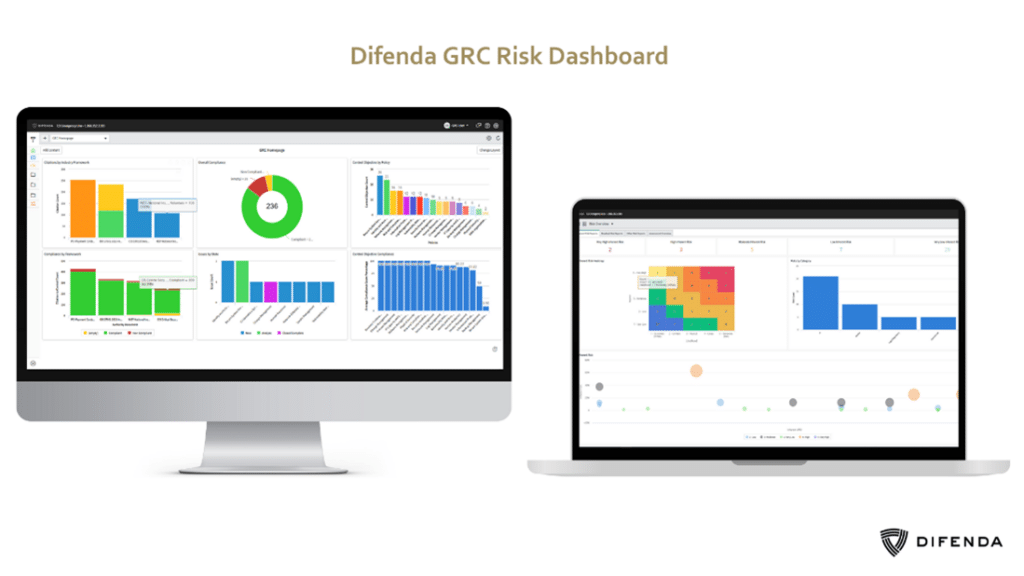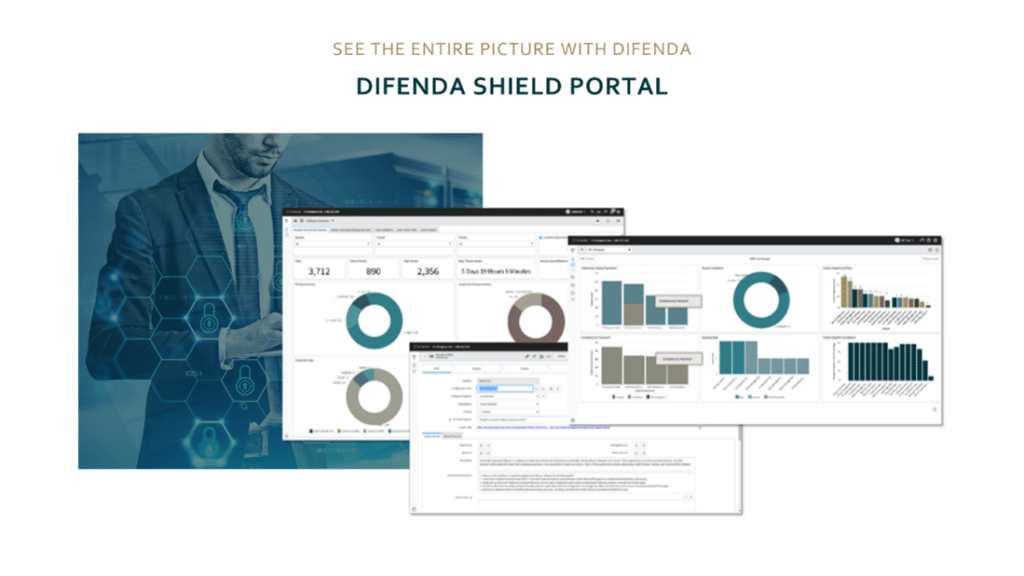Notizie per Categorie
Articoli Recenti
- Explore practical best practices to secure your data with Microsoft Purview 25 Aprile 2025
- New whitepaper outlines the taxonomy of failure modes in AI agents 24 Aprile 2025
- Understanding the threat landscape for Kubernetes and containerized assets 23 Aprile 2025
- [Launched] Generally Available: Instance Mix for Virtual Machine Scale Sets 22 Aprile 2025
- Microsoft’s AI vision shines at MWC 2025 in Barcelona 22 Aprile 2025
- [Launched] Generally Available: Announcing the Next generation Azure Data Box Devices 22 Aprile 2025
- [Launched] Generally Available: Cross-Region Data Transfer Capability in Azure Data Box Devices 21 Aprile 2025
- [Launched] Generally Available: Azure Ultra Disk Storage is now available in Spain Central 21 Aprile 2025
- [Launched] Generally Available: Azure Firewall resource specific log tables get Azure Monitor Basic plan support 21 Aprile 2025
- Hannover Messe 2025: Microsoft puts industrial AI to work 21 Aprile 2025
Addressing cybersecurity at the board level with Difenda and Microsoft
This blog post is part of the Microsoft Intelligent Security Association guest blog series. Learn more about MISA.
Cybersecurity is no longer simply a lone silo or regulatory process; it is a business issue that affects every aspect of an organization. From financial losses to reputational damage, the impact of a cyberattack can be devastating for a business. Yet, despite this, many businesses are still failing to prioritize cybersecurity at the board level.
Board leaders need to get up to speed with their cyber risk landscape and address cybersecurity governance challenges facing their businesses. Together, Difenda and Microsoft Security are committed to helping businesses overcome today’s toughest security challenges.
With regular reporting with added contextual information, business leaders can utilize Difenda’s Managed Extended Detection and Response (MXDR) solution, powered by the Microsoft Security product portfolio to make informed decisions and prioritize investments in cybersecurity. This allows businesses to focus on their core operations while ensuring that their cybersecurity needs are met.
In this post we will discuss the organizational risks of cyber breaches, what board directors should be focusing on when it comes to security, what kind of questions directors should be asking, and how Difenda and Microsoft Security can help establish important visibility for board leaders.
What is the board’s role in mitigating cybersecurity risk
Cyberattacks are incessant, growing in complexity, and increasingly effective. Cybercrime grew by more than 50 percent between 2018 and 2020 with an estimated yearly cost of now more than USD1 trillion USD.1 It is no longer a matter of if a breach happens, but of how often and how damaging breaches will be.
Cybercrime does not just impact one sector, one business model, or one protection framework. Despite that, more than half of business leaders are unlikely to know how vulnerable they are or how to react when a breach occurs.
Both the probability of a breach and the negative impact on company operations, financial health, and brand are growing. It is the board’s responsibility to make sure that their executive teams have a plan, are prepared, and are executing to ensure the whole organization can respond efficiently when a breach happens.
To do this, corporate directors need to emphasize:
- Including security voices on the board to create organizational buy-in and accountability.
- Driving cultural awareness of cybersecurity throughout the organization.
- Reporting and measuring risk within the business context.
- Identifying crown jewels on a company level.
- Asking the right questions.
- Planning for the future.

How did this extreme risk to the enterprise develop?
In the past, cybersecurity existed in a paradigm where everything was maintained internally within a company’s network and perimeter, and isolated point solution security technologies were the major means of defense.
Today, technology strategies have moved beyond perimeter security to better secure people, processes, and technology. Cloud-based data centers, like Microsoft Cloud Security, are now at the core of most cybersecurity programs. Here, critical data assets are dispersed across multiple locations, and important assets are highly dispersed across modern enterprises to function effectively.
But the reality is that the risk of security breaches has always been there. What has profoundly changed is the level of visibility organizations have to these attacks. People are now thinking differently about cybersecurity, and the security community is exponentially more active than they were before the COVID-19 pandemic. Additionally, cybersecurity is now being forced upon organizations through government regulations and compliance mandates.
The problem remains that business leaders are stuck in the past. Many organizations are still treating cybersecurity as simply a check-the-box item and business leaders continue to fail to see their role in governance, risk, and compliance. That is where the true risk lies.
Microsoft Security can help board leaders take action to address security risks. Difenda MXDR, powered by Microsoft 365 E5, Microsoft Defender, and Microsoft Sentinel, provides resources and guidance to help businesses improve their cybersecurity posture. This includes regular security updates and threat intelligence reports, as well as knowledge transfer and training.
But even the best security technology can’t be effective if leadership can’t define what they are trying to protect. The board needs to take a more active role to better protect the organization as a whole, and the first step in doing so is pinpointing the company’s crown jewels.
Tips for pinpointing your crown jewels
Identifying crown jewels is a key pain point for many security departments. Until now, establishing frameworks to protect company data has been the security manager and IT department’s role. But this is really a company-wide discussion, and therefore the perfect opportunity to start a conversation about cybersecurity at the board level.
To identify your crown jewels, think about your company. For example, think about why you lock the doors to your store and what you are trying to protect when you are gone. This will help you identify not only what you are trying to protect but how you can better protect it. You may need to be doing more than just locking the door, you may need to secure the windows or lock down the cameras as well.
A company will never utterly understand the risk of security breaches until they determine how losing its crown jewels will negatively impact the organization. Identifying this is the key to enhancing board-level engagement and continuing the conversation about cybersecurity where it matters most.
4 cyber risk management questions boards need to ask
Now that you have identified what you are trying to protect, the board can ask better questions to better understand the security procedures in place.
To help board members understand where they stand with risk management, we have compiled a list of the four most important questions for them to ask their executive teams about cybersecurity. These include:
1. What does our security posture look like today?
Determining your overall security readiness establishes the organization’s ability to detect and contain cyberthreats. This is critical because the faster the breach is detected and resolved, the lower the financial impact.
There is a full range of controls that need to be in place, which are general governance, risk, and compliance (GRC) requirements. However, your security posture includes all the people, processes, and technology in your security program and each of these parts plays a critical role.
Supported by the Microsoft Zero Trust approach, Difenda helps organizations find their current security posture by considering all devices, users, and workloads as untrusted until proven otherwise. To do this, Difenda leverages various Microsoft tools and technologies to ensure that the organization is meeting industry and government regulations for data privacy and protection, as well as protecting sensitive data from breaches.
This foundational security understanding is required to determine your true risk management readiness.

2. Do we have adequate capabilities and resources to detect and mitigate cyber risk to our business?
Oftentimes security teams struggle to keep up with alerts and remediations, which is why managed security service providers (MSSPs) have seen a surge over the past decade. MXDR services take your detection abilities one step further by using the Microsoft Security product portfolio to identify latent risks in systems, applications, and activities that can lead to an attack. MXDR also utilizes advanced automation and orchestration capabilities to carry out remediations on your behalf.
Board members should be familiar with these services and tools, so they know where to go and who to turn to when something goes wrong.
3. Do we have the visibility to mitigate risk efficiently and effectively, and how do we measure and report security activity?
One of the major challenges board members face when understanding cybersecurity is a lack of visibility and report contextualization. These two aspects of a cybersecurity program are imperative for board directors to make informed decisions about their organization’s security posture and support their executive teams with security protocols.
Pairing Difenda Shield with your Microsoft Security product portfolio like Microsoft Sentinel and Microsoft Defender for Endpoint allows you to stay vigilant, agile, and collaborative throughout the entire process.
The Difenda Shield allows you to see all the assets within your network and prioritizes remediations based on the criticality of each alert and the level of business impact they could have. It helps you better guard your organization’s crown jewels, understand where employees need added support, and see where new processes are needed to reduce the financial and legal implications of a potential breach.

4. In the event of a breach, are we prepared to respond efficiently and manage the situation so that they have the least damage to us or our organization?
The response to a security breach goes beyond system remediations and patching. This is where we see the importance of establishing a company buy-in. Marketing, finance, legal, sales, and human resources all need to be looped in and prepared to respond accordingly. Board members must know which stakeholders are involved and who is accountable for what to respond correctly.
Oftentimes, when it comes to breaches, business leaders are concerned about their brand reputation and public opinion. Well, what is your plan to protect your brand, and which statements will be made when, to weaken that blow?
Understanding that management responsibility extends beyond the boardroom is key.
All these questions help identify gaps in risk management processes and technology. To stay abreast of the latest changes made to software, new systems added to the network, and regularly discover new vulnerabilities, many organizations are now choosing to augment their risk management programs with services like Difenda’s Advanced Vulnerability Management (AVM) and MXDR.
Not only do these eliminate staffing problems and help maximize tools within security programs, but they can also help provide added business context and more valuable outcomes than internal teams can provide.
Wherever you are on your security journey, Difenda can help your firm establish a comprehensive security solution and mitigate risk end-to-end. If you are not sure where to start with Microsoft Security, Difenda’s end-to-end Microsoft Security Roadmap offering can help you answer these key questions and set you up for success. Download their latest customer win.
How do we confirm where we stand against best practices for our industry?
In a world where cyber risk is everywhere, and alerts are constant, wouldn’t it be nice to have the formula to confirm where you stand against best practices for your size of organization and industry?
We are here to tell you that there is! Microsoft Security gap assessments performed by Difenda provide you with a complete understanding of your current level of security and uncover areas of improvement to enhance your overall capabilities in identifying and managing risk.
Difenda has conducted Microsoft Security gap assessments to meet this objective and identify any improvement opportunities. The assessment uses best-in-class security control standards to evaluate the existence and maturity of the controls implemented.
For board leaders, an assessment like this allows for greater education and visibility into the current state of security posture. It provides the business context needed for leaders to discuss security and ask better questions.
Take it one step further and develop a plan to address any security gaps mapped to your Microsoft Security licensing, with a prioritized workstream to overcome any gaps or deficiencies. Uncover your organizational threat landscape and gain visibility into your IT environment with Difenda’s End-to-End Microsoft Security Roadmap.
Prioritize your cybersecurity at the board level with Microsoft and Difenda
It’s time for board members to prioritize cybersecurity and take the necessary steps to protect their organizations. An effective cybersecurity program requires adopting a unified approach that targets the people, processes, and technologies, and is informed by both technical and business contexts.
Microsoft makes it easier to find, protect, and manage your organization’s data across your entire security environment so board members can ask the right questions and have more confidence in how they are protecting their data. Don’t wait until it’s too late, start taking action with Difenda MXDR, powered by Microsoft Security now.
About Difenda
Difenda is a privately held security operations (SecOps) as a service company founded in 2008. It delivers round-the-clock security operations backed by modernized permissions creep index, security operation center (SOC) 2 Type II, and ISO 27001 certified Cyber Command Centers. Difenda delivers outcome-driven cybersecurity solutions powered exclusively by Microsoft Security. As a proud MISA Member and MXDR-verified solution, with proven end-to-end managed and professional services, Difenda can scale with customers through their SecOps journey.
Learn more
To learn more about how Difenda MXDR, powered by Microsoft Security can help your firm establish a comprehensive security solution and mitigate risk end-to-end, read their latest customer win.
You may also like the Ultimate Guide to Maximizing Microsoft Security ROI, the Cybersecurity in Uncertain Economic Times eBook, and the 2023 Cybersecurity Playbook.
To learn more about the Microsoft Intelligent Security Association (MISA), visit the website where you can learn about the MISA program, product integrations, and find MISA members. Visit the video playlist to learn about the strength of member integrations with Microsoft products.
To learn more about Microsoft Security solutions, visit our website. Bookmark the Security blog to keep up with our expert coverage on security matters. Also, follow us on LinkedIn (Microsoft Security) and Twitter (@MSFTSecurity) for the latest news and updates on cybersecurity.
1Cybersecurity 202: Global losses from cybercrime skyrocketed to nearly $1 trillion in 2020, a new report finds, Tonya Riley, Washington Post. December 2020.
The post Addressing cybersecurity at the board level with Difenda and Microsoft appeared first on Microsoft Security Blog.
Source: Microsoft Security
